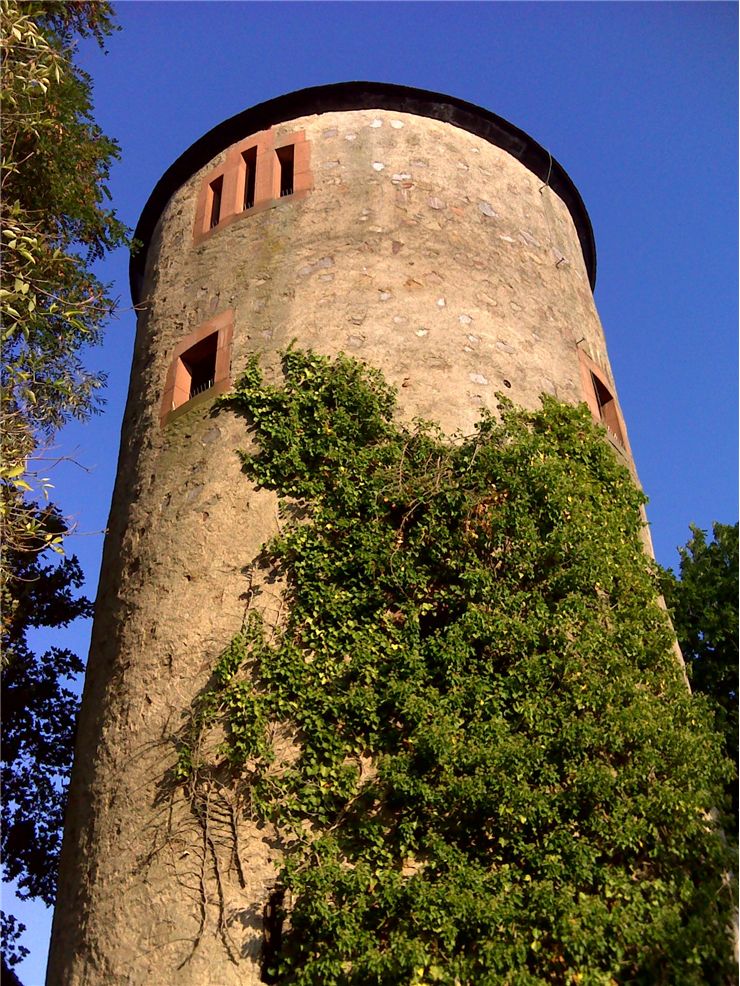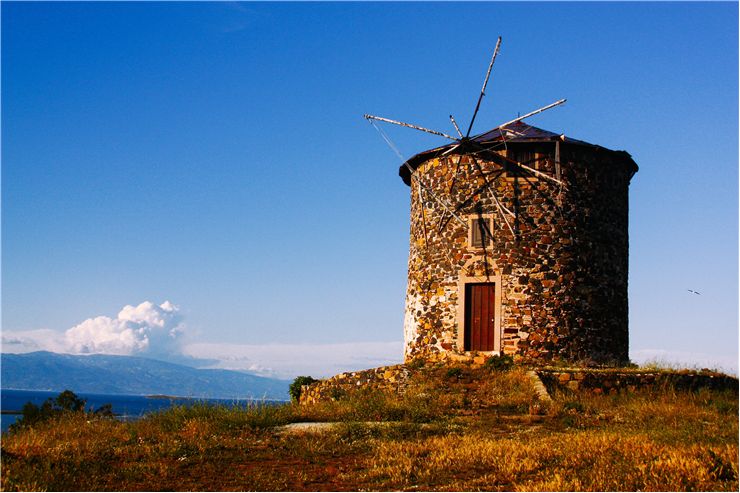Tower Mill History - Design Types of Tower Mills
After arrival of first windmills in Europe which were most created from wood, their designers started devising plans for creating more durable structures that would not be limited by the fixed position of the windmill sail wheel. To solve that problem, windmills all across Europe started adopting “Tower Mill” design that consisted from a tall vertical structure made from stone or brick on which sat a wooden roof structure that could be rotate and catch more wind as needed. These changes gave tower mills a significant advantage over simpler post mills, which were smaller, more unreliable in stormy conditions, could not move the position of the sails, and could not house large and heavy sails. On the other hand, post mills were cheaper to be made and because of that wooden mills remained in heavy use through entire history of windmills.
It is not known precisely when first tower mills were created, although several clues point that they were first popularized in England during 12th century. The earliest confirmed records of tall stone mills come from 1295 in Dover, after which more and more of them appeared across Europe (especially in Netherlands) and finally they become commonplace after 15th century. In the early years of tower mills, they were very expensive to build, enabling only wealthy nobleman and governments to commission them (to save costs, some were built into the old towers of stone castles). Even with their high price tag, they were invaluable tools for the rising economy of Europe that started to recover from difficult Dark Ages, and their sustained and predictable source of power enabled powering of not only grain milling but also many other types of jobs and entire branches of industries (spice production, lumber cutting, creation of paper and more).
In addition to their usefulness in transforming wind force into usable mechanical power, tower mills very quickly became “fashionable objects” and symbols of the region they were built in. This fueled nobleman and owners of industrial complexes to behave as the building them was a “competitive race”, striving to create tallest, most efficient and most impressive looking windmills all around Europe. Innovations in the field of windmill construction enabled moving on from 4-bladed wheels to those with 6 or 8 blades, better designs of movable “cap” on top of the tower (even automatic solutions), advanced ways of controlling the wind friction of individual blades, and much more. Today the tallest tower windmills across the world are 30m tall “Moulton Windmill” in England and 33.5-42.5-meter-tall “De Nolet” windmills in Netherlands.
Basic components of 19th century tower mills:
- Tower – Main structure that holds the windmill.
- Cap – Wooden roof on top of the tower that houses wind shaft and sail wheel. It can rotate so that it can catch more wind force.
- Sail – Wooden wind-catching structure made with 4 to 8 blades.
- Stock – Main support of sails between frame of the sail and windmill cap.
- Windshaft – shaft that transfer rotation force of the sails further inside of the mill to the machinery.
- Floor – Base level of the tower, usually housing either machinery or storage.
- Gallery – Optional structure on the outside of the tower mill’s floor that provides access to the sails around tower mill.
- Frame – Sail blade frames that are intended to be places when other sail material is attached (wood or cloth).
- Fantail – Wind catching device that is attached to the wooden cap that can automatically rotate cap in the direction of the wind.
- Hemlath – Sailbar that holds narrower sailboard inside the sail.
- Sailbar – Wood frame that forms the shape of the sail.
- Sail cloth – Cloth attached to a sail collects wind energy, where a large sail cloth is used for weak winds and a small sail cloth for strong winds.

